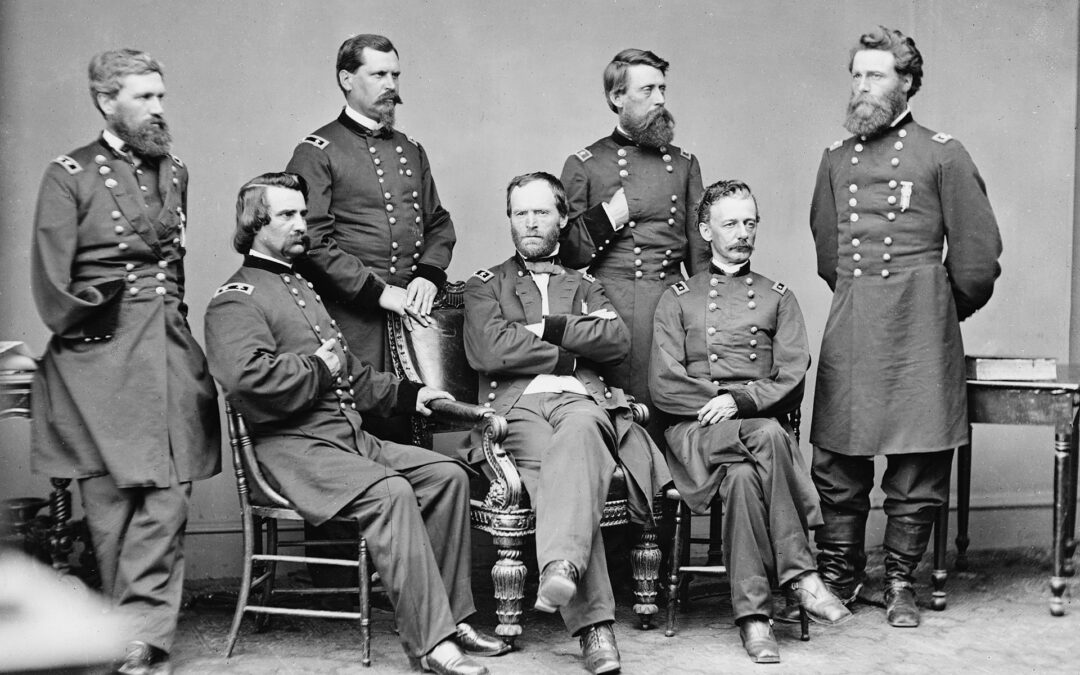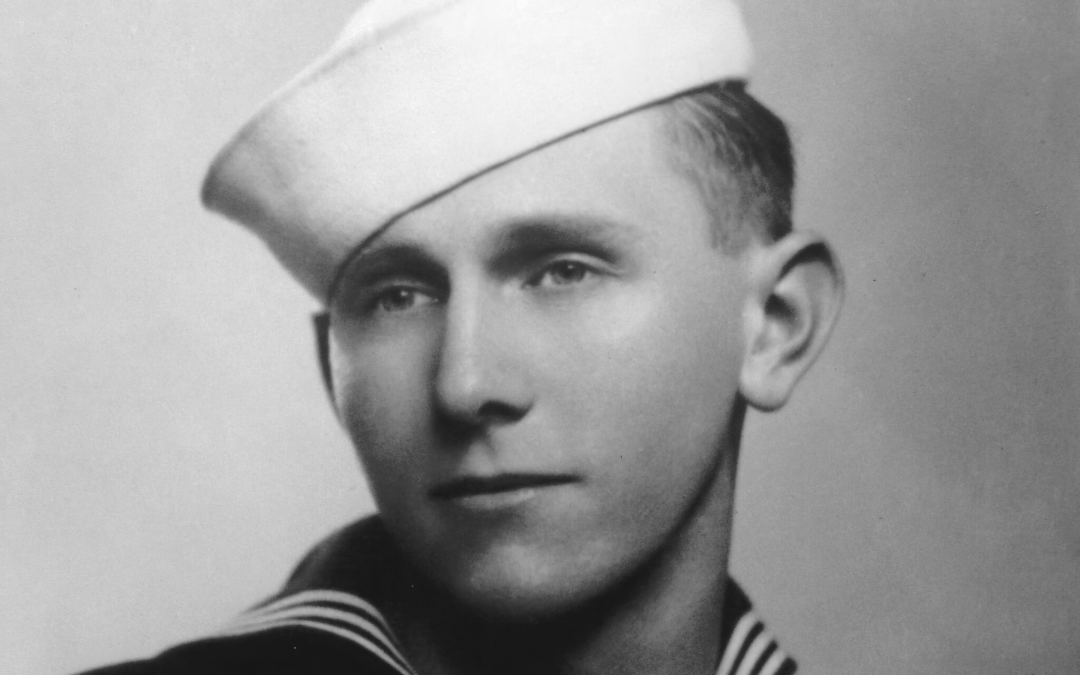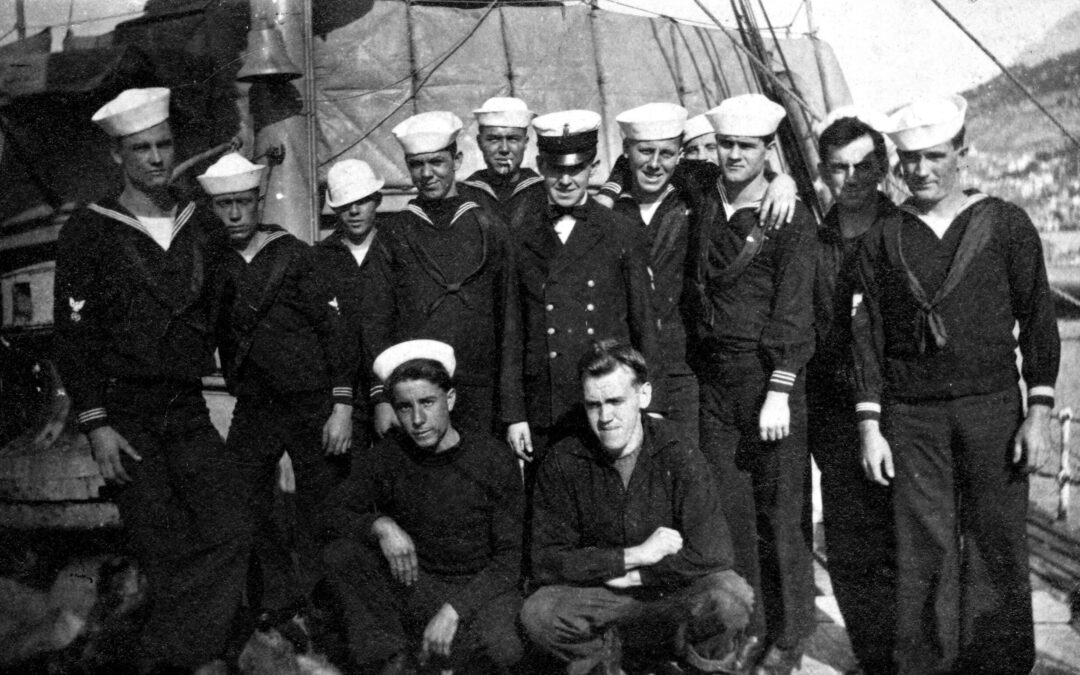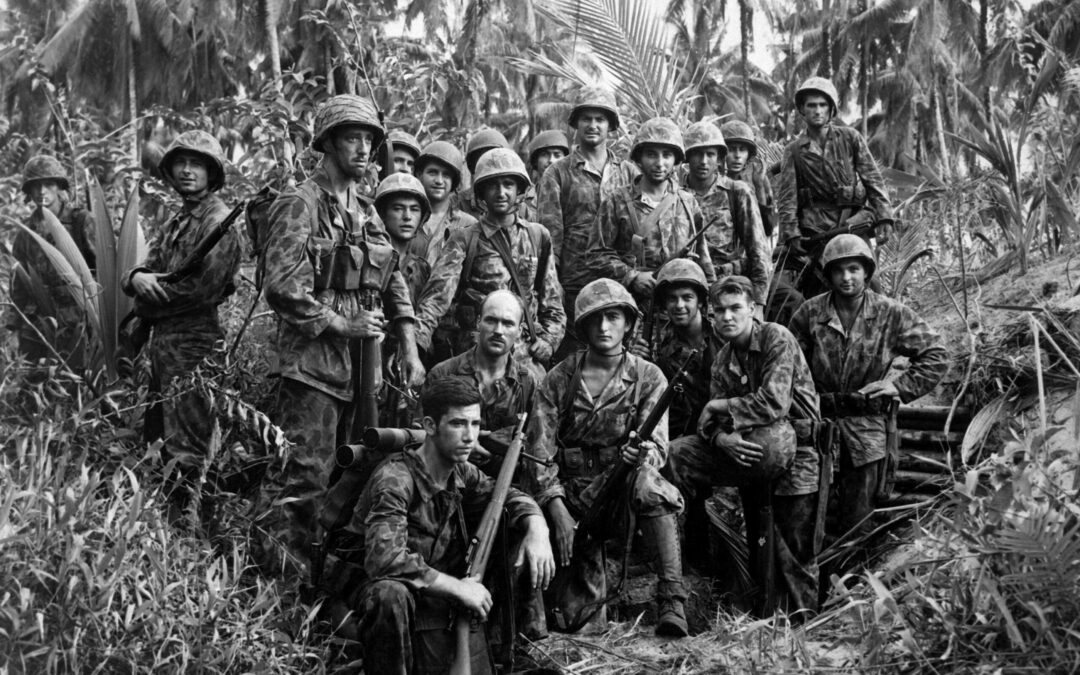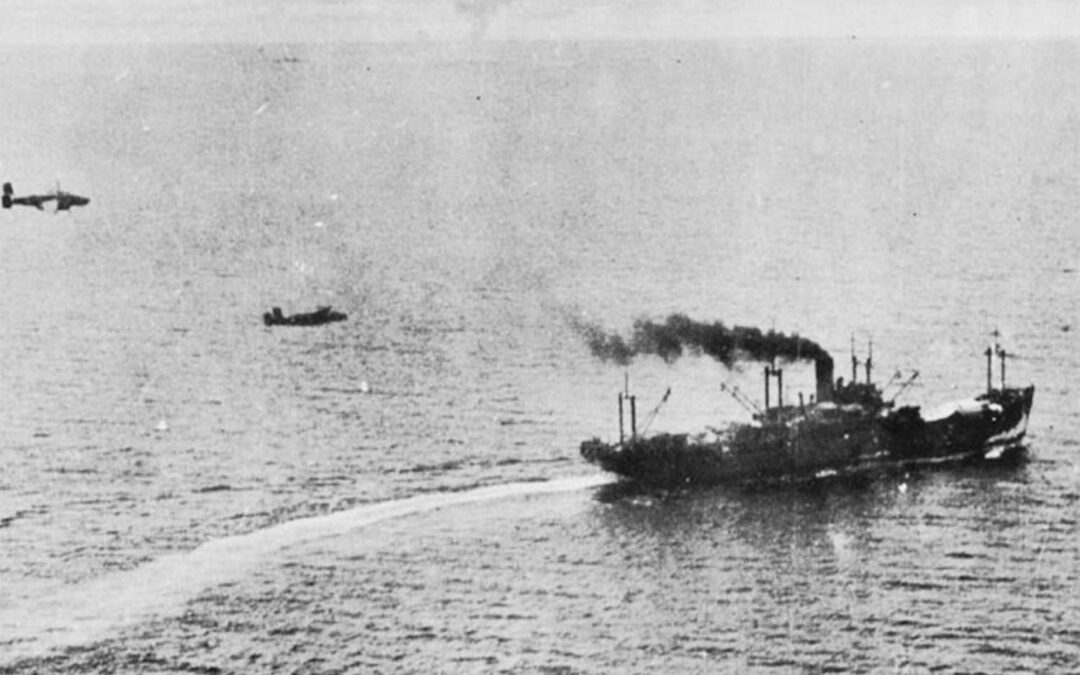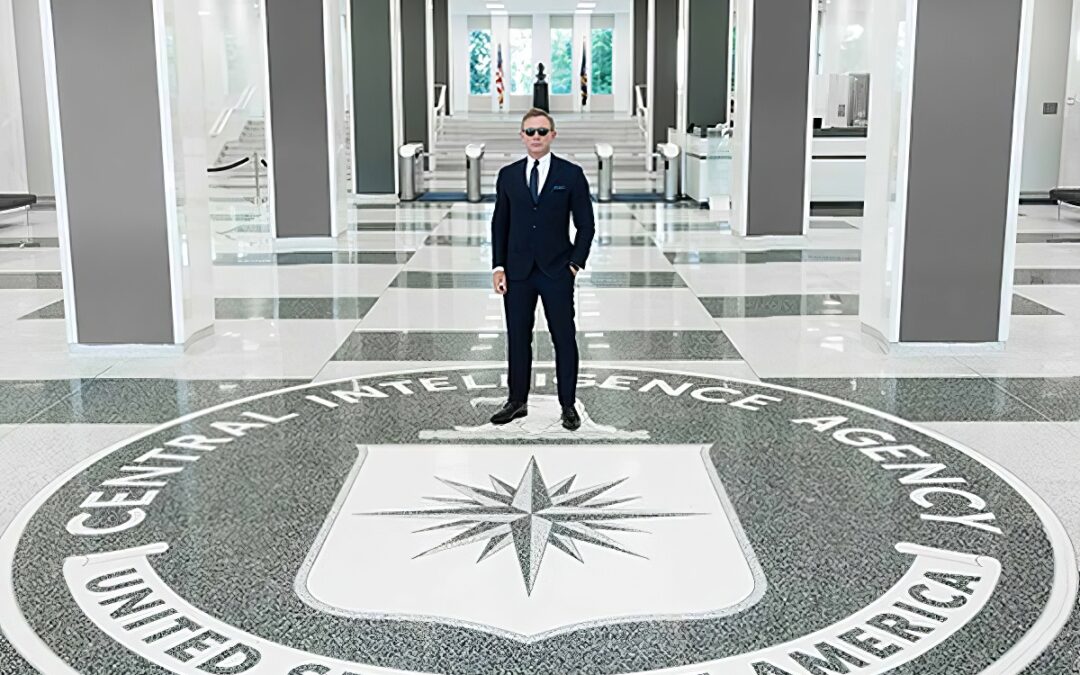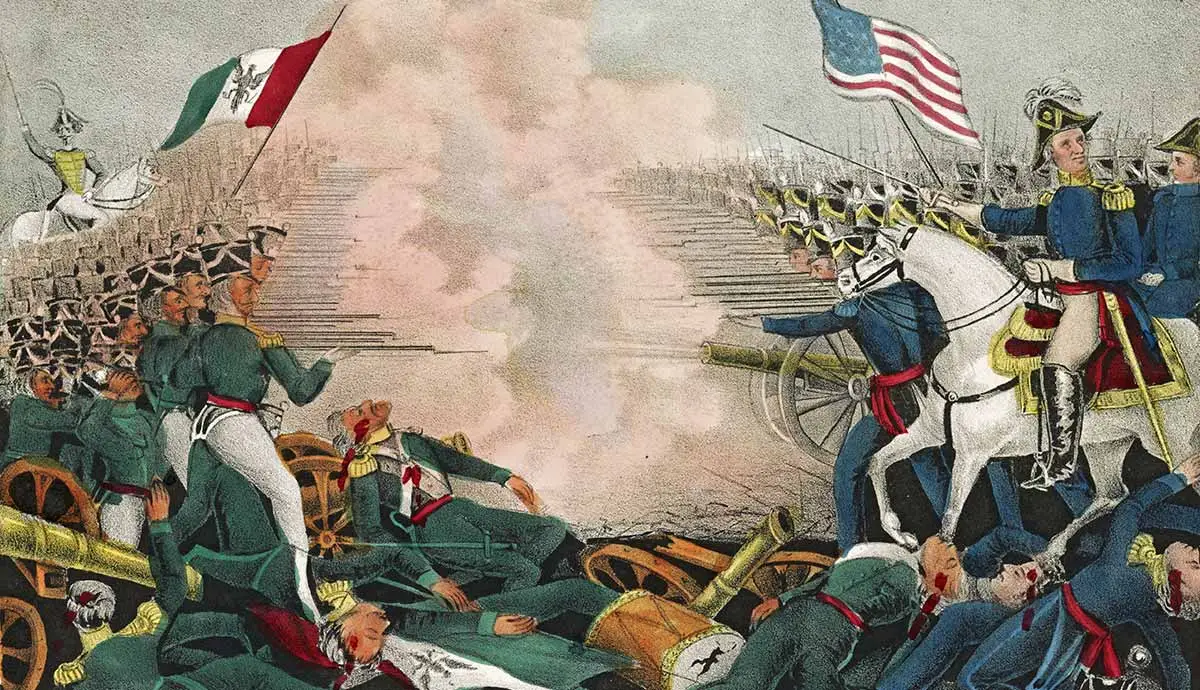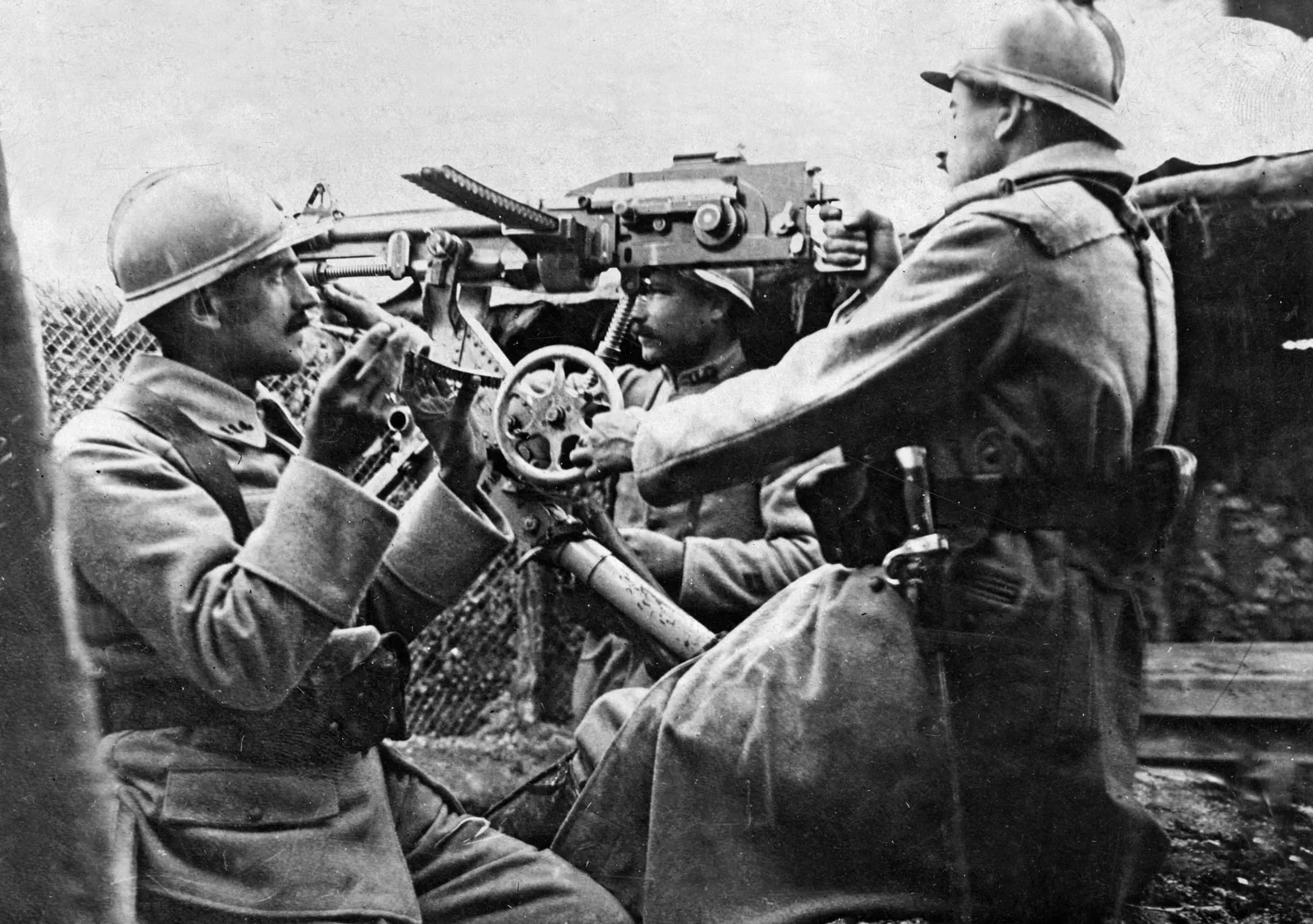The March to the Sea, the most destructive campaign against a civilian population during the Civil War (1861-65), began in Atlanta on November 15, 1864, and ended in Savannah on December 21, 1864. Union General William T. Sherman abandoned his supply line and marched across Georgia to the Atlantic Ocean to prove to the Confederate population that its government could not protect the people from invaders. He practiced psychological warfare; he believed that by marching an Army across the state he would demonstrate to the world that the Union had a power the Confederacy could not resist. "This may not be war," he said, “but rather statesmanship.” General William T. Sherman Prepares For March to The Sea After Sherman's forces captured Atlanta on September 2, 1864, Sherman spent several weeks concerned with preparations for a change of base to the coast. He rejected the Union plan to move through Alabama to Mobile, pointing out that after Rear Admiral David G. Farragut closed...
